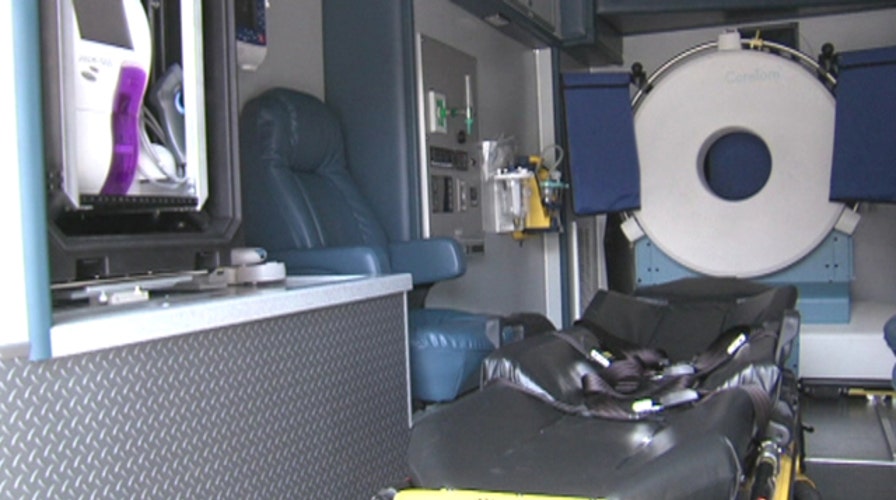Mobile unit offers quicker stroke treatment
Time is one of the most crucial elements when caring for a stroke patient. We take a look inside the Cleveland Clinic ‘s mobile stroke unit that is offering quicker treatment
Time— it’s one of the most crucial elements when caring for a stroke patient.
During a stroke, two million brain cells die every minute, said Dr. Peter Rasmussen of the Cleveland Clinic.
“The brain begins to die the moment it begins to lose blood supply and its flow of oxygen,” he said.
It’s vital to administer the clot-busting drug tissue plasminogen activator (tPA), something that has been difficult to do, until now.
Medical professionals are now going to the patients, instead of making patients travel to them.
"Think of the mobile stroke unit as being an emergency room on wheels. Onboard the mobile stroke unit we have a CAT scan, all the laboratory equipment we need to evaluate a patient early on with a stroke, wireless connectivity back to our hospital and, all the medications needed to treat the patient,” Rasmussen said.
The mobile stroke unit was named the number one innovation at the Medical Innovations Summit. One woman said it saved her grandmother’s life.
“I noticed that her left side was just… she wasn’t really using her left hand or left arm. And she wasn’t using her left leg, she was dragging it,” said Courtney Kale.
Kale called 9-1-1 and an ambulance and the mobile stroke unit showed up.
“It was a matter of life or death,” Kale’s grandmother, Kathy Brooks, said. “I could really have— I could not be talking to you at all. I could really be having… those residual side effects… or I could be not even alive.”
The Cleveland Clinic Mobile Stroke Unit is based on a German model pioneered in Hamburg. There is also a unit in Berlin and one in Houston. Cleveland Clinic’s is free of charge for patients.

